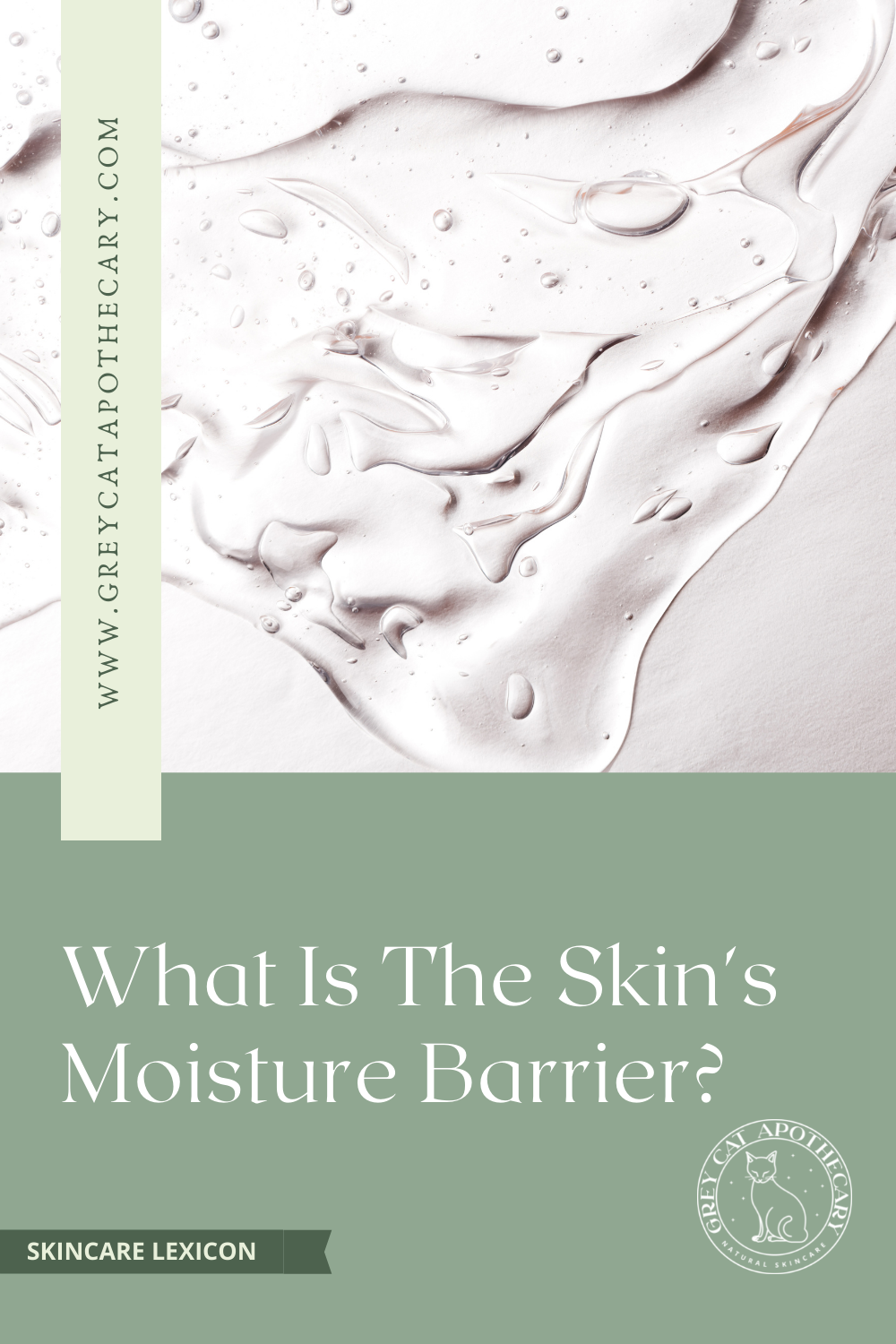Ingredient Spotlight: Organic Canola Oil
Canola Oil
Scientific Name: Brassica napus, Brassica rapa or Brassica juncea
Unlike other vegetable oils that are named for the plant that produces it, canola actually refers to specific cultivars of rapeseed (B. napus and B. rapa) that were bred at the University of Manitoba in the early 70’s. Infact, canola was originally a trademarked name held by the Rapeseed Association of Canada, where the ‘Can’ part actually stands for ‘Canada’, whereas now it is simply used as a generic term for rapeseed derived oils.
Canada is still the #1 producer of canola oil, shipping up to 3.2 million tonnes annually, although a significant portion of those canola crops contain GMOs, as canola is often modified for herbicide tolerance and other desirable commercial traits. Most commercially sold canola oil is heat extracted using a solvent, but it is considered a ‘healthy’ oil because of its low saturated fat content, but relatively high monounsaturated fat content and high polyunsaturated omega 3 fat content.
Canadian Canola Oil
In terms of soaps and natural cosmetics, canola has a fatty-acid composition similar to olive oil, with a high level of oleic acid (conditioning) and low amounts of stearic acid (firmness). However, the biggest reason we use canola oil in our Mellow Yellow soap formula is because the locally produced, organic, cold pressed canola oil we get from Quebec company La goutte d’or naturally makes our soaps the most glorious shade of yellow. No other colourants necessary.
La goutte d’or organic canola oil is completely GMO free and is processed through cold pressing with no solvents, which is part of how it is able to retain such a gloriously vibrant yellow colour. We also love the fact that this organic canola oil is produced locally in Quebec, and that we are able to buy it from a Quebecois distributor!
While not a very popular oil in soap making, access to organic, non-GMO, cold-pressed canola oil is relatively rare, so we couldn’t possibly pass up using such a truly beautiful local product when we found it.























